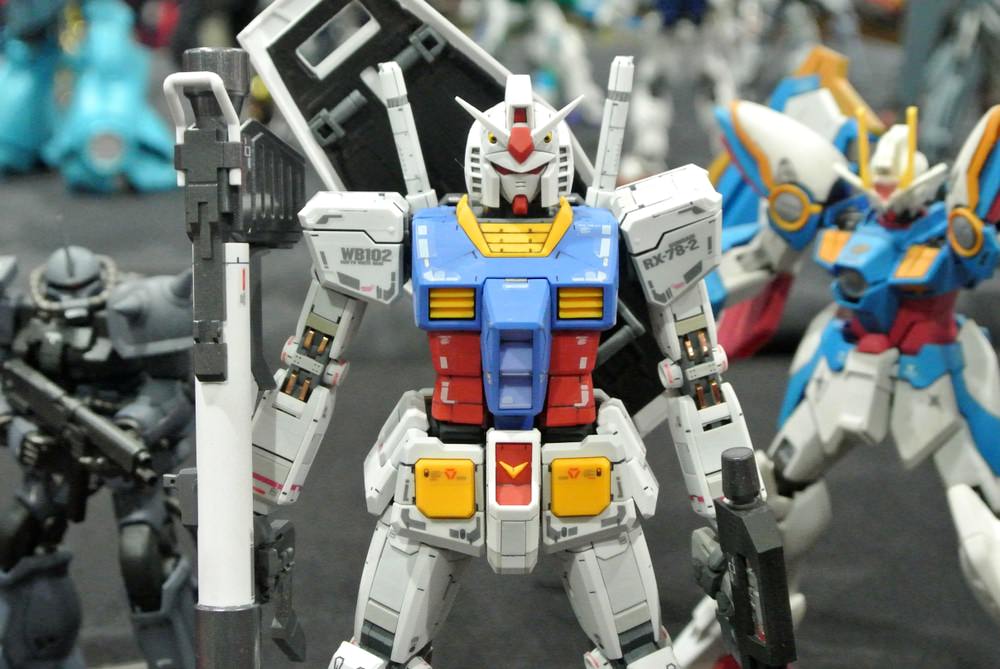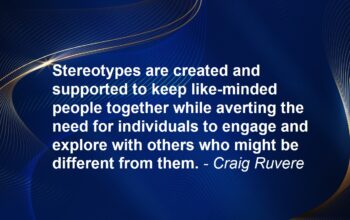Growing up, I was obsessed with Transformers and GoBots, which were cartoons featuring transforming robots with accompanying action figures available with the same functionality. Each action figure retailed for around $2 back in the early 1980s (about $6.23 today).
But then I discovered Voltron – a cartoon in which five robotic lions transformed into one giant robot to help save the planet. For a little kid, it was pretty exciting stuff!
When I learned that Voltron had been made into an action figure (compliments of the Sears Christmas catalog known as the “Wish Book”) I couldn’t wait to add it to the top of my Christmas list that season.
The problem? The Voltron action figure was not cheap for the early 1980s – retailing for somewhere around $150. To put that into perspective with annual inflation, that would equate to approximately $467.04 in 2019.
I don’t know about you, but that’s a lot of money to spend on a toy for an 8-year-old boy who would be less than cautious during playtime.
Despite my repeated begging and pleading (and the torn-out page from the Sears catalog hanging on my refrigerator with a big red circle around it) there was no Voltron action figure under the tree come Christmas morning.
I’m not sure if my parents meant to use this opportunity to teach their 8-year-old son a lesson, but that Christmas I learned that you don’t always get everything you wish for in life. A lesson I still very much value today.
Here’s the interesting part of the story. About six months after Christmas, when the original retail price of the Voltron action figure caused sales to plummet, huge discounts were offered on the existing inventory.
And so, for my birthday that year, I received the Voltron action figure I had begged and pleaded for that Christmas.
The interesting part? Once I played with it for a month or so, I realized it was just another toy as it soon lost its magic and became a part of my every day existence.
Our “toys” hold little meaning
That feeling is not unique to children – in fact I believe it’s more prominent in adults.
Our buying habits often fall into three categories: something we need, something we hope will bring us happiness or something designed to make someone else jealous.
While “things” might very well make you happy in the short term (or inflate your own ego to the outside world), they’re still just things and will eventually become ordinary as material possessions often do. Cars, houses, clothes, electronics, furnishings, you name it!
Happiness can never be attained from something inanimate – it’s a fleeting proposition. It’s the people in our lives and the memories we collectively create that always come to mean the most.
Let’s stop wasting our resources on “things” that will quickly be forgotten and instead teach the next generation that getting everything you want (materialistically) doesn’t guarantee happiness.
I thought this quote was a fitting conclusion for this post. “It’s good to have money and the things that money can buy. But it’s good, too, to check up once in a while and make sure that you haven’t lost the things that money can’t buy.” – George Lorimer



